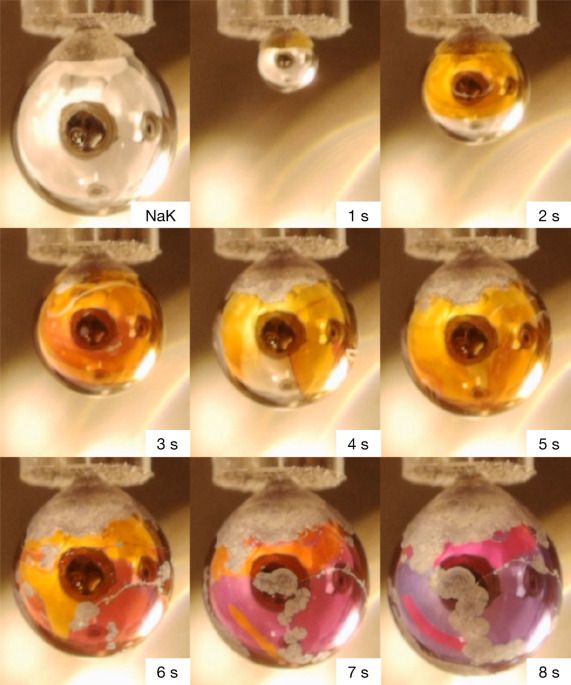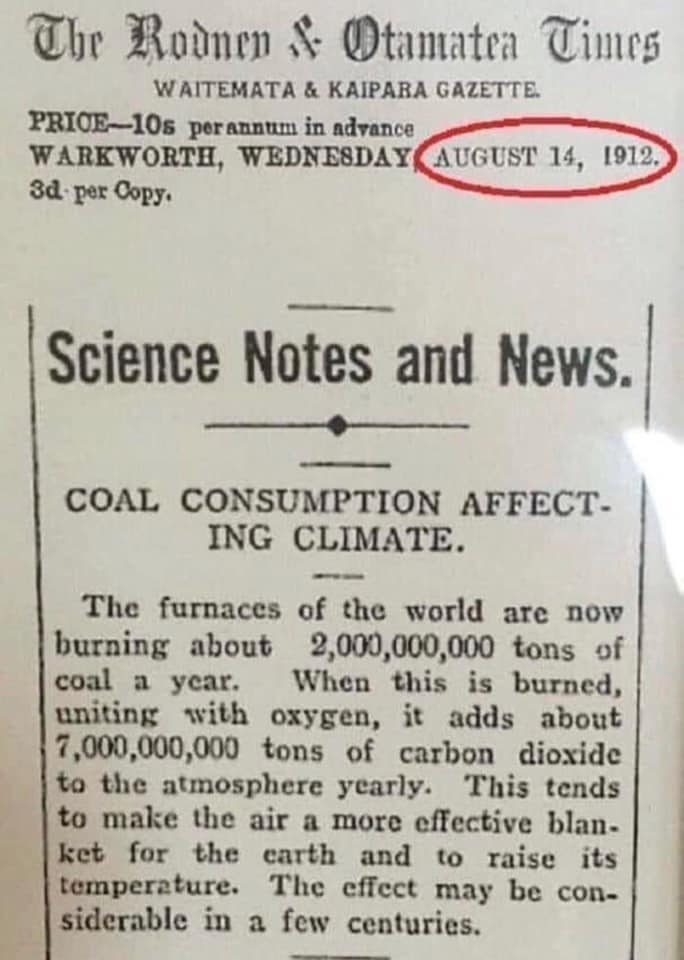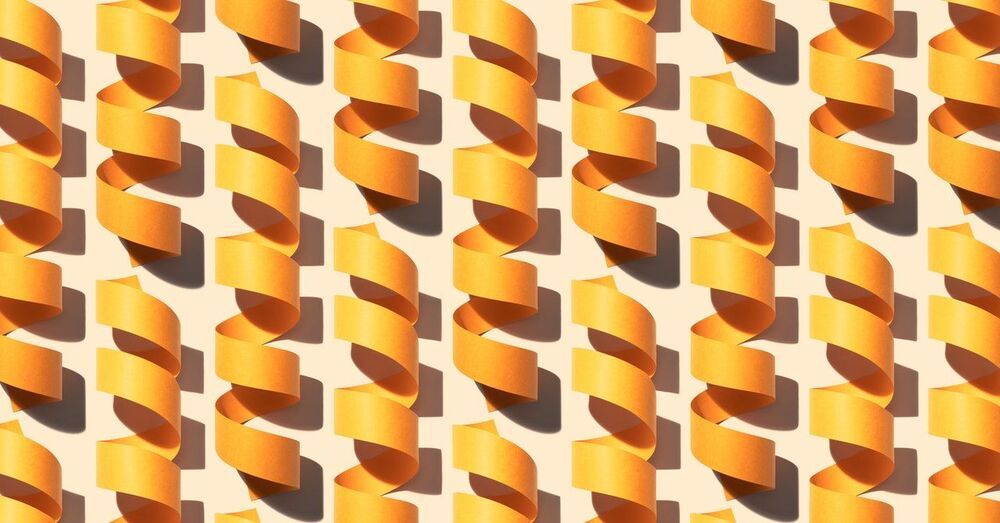Spectroscopic measurements confirm that when water is adsorbed on drops of an alkali alloy at low pressure a gold-coloured metallic layer forms as electrons rapidly move from the drop into the water.



In this work, we introduce a classical variational method for simulating QAOA, a hybrid quantum-classical approach for solving combinatorial optimizations with prospects of quantum speedup on near-term devices. We employ a self-contained approximate simulator based on NQS methods borrowed from many-body quantum physics, departing from the traditional exact simulations of this class of quantum circuits.
We successfully explore previously unreachable regions in the QAOA parameter space, owing to good performance of our method near optimal QAOA angles. Model limitations are discussed in terms of lower fidelities in quantum state reproduction away from said optimum. Because of such different area of applicability and relative low computational cost, the method is introduced as complementary to established numerical methods of classical simulation of quantum circuits.
Classical variational simulations of quantum algorithms provide a natural way to both benchmark and understand the limitations of near-future quantum hardware. On the algorithmic side, our approach can help answer a fundamentally open question in the field, namely whether QAOA can outperform classical optimization algorithms or quantum-inspired classical algorithms based on artificial neural networks48,49,50.

Most memory resistor (“memristor”) systems use electrons as the charge carrier, but it may also be possible to use ionic carriers, similar to the way that neurons work. Robin et al. studied an aqueous electrolyte confined into a pseudo two-dimensional gap between two graphite layers (see the Perspective by Hou and Hou). The authors observed a current–voltage relation that exhibits hysteresis, and the conductance depends on the history of the system, also known as the memresistor effect. Using simulations of their system, they can model the emission of voltage spikes characteristic of neuromorphic activity.
Science, abf7923, this issue p. 687; see also abj0437, p. 628
Recent advances in nanofluidics have enabled the confinement of water down to a single molecular layer. Such monolayer electrolytes show promise in achieving bioinspired functionalities through molecular control of ion transport. However, the understanding of ion dynamics in these systems is still scarce. Here, we develop an analytical theory, backed up by molecular dynamics simulations, that predicts strongly nonlinear effects in ion transport across quasi–two-dimensional slits. We show that under an electric field, ions assemble into elongated clusters, whose slow dynamics result in hysteretic conduction. This phenomenon, known as the memristor effect, can be harnessed to build an elementary neuron. As a proof of concept, we carry out molecular simulations of two nanofluidic slits that reproduce the Hodgkin-Huxley model and observe spontaneous emission of voltage spikes characteristic of neuromorphic activity.



Multisystem inflammatory syndrome in children (MIS-C) onsets in COVID-19 patients with manifestations similar to Kawasaki disease (KD). Here the author probe the peripheral blood transcriptome of MIS-C patients to find signatures related to natural killer (NK) cell activation and CD8+ T cell exhaustion that are shared with KD patients.


Chip design is a long slog of trial and error, taking years to bring a design to market. Motivo, a five-year-old startup from a chip industry veteran, is creating software to speed up chip design from years to months using AI. Today the company announced a $12 million Series A.
Intel Capital led the round along with new investors Storm Ventures and Seraph Group, as well as participation from Inventus Capital. The company reports it has now raised a total of $20 million with its previous seed funding.
Motivo co-founder and CEO Bharath Rangarajan has worked in the chip industry for 30 years, and he saw a few fundamental trends and issues. For starters, the chip design process is highly time-intensive, taking years to come up with a successful candidate, and typically the first to market wins.

There’s really no need to make it clear that automotive lovers come in all shapes and sizes. One master woodworker has even achieved the impossible and built what could be the world’s smallest functioning V8 engine.